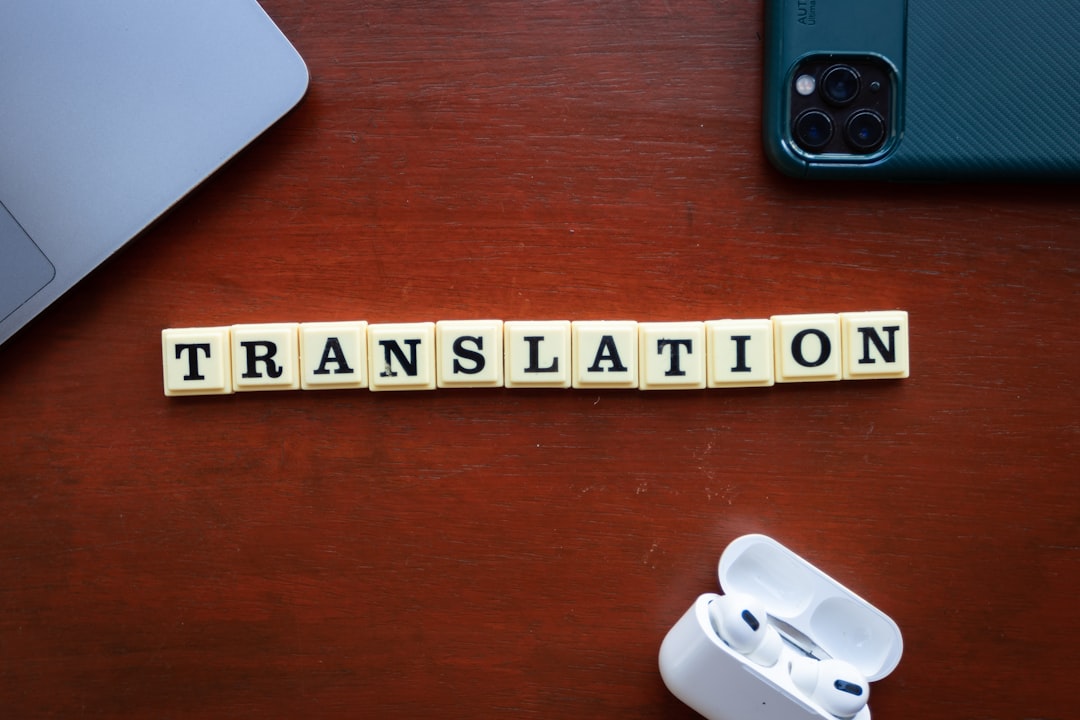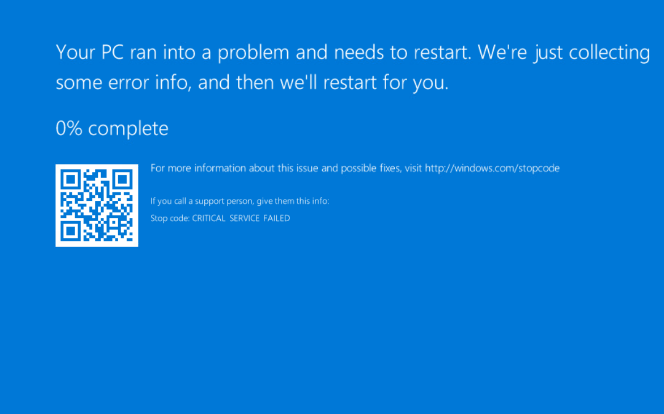Ever played the game of telephone? One word turns into a completely different message down the line. Now imagine that happening with your brand’s message across languages. Yikes, right? That’s where a killer translation brief steps in. It’s your superhero cape—a guide that helps translators nail your vision. So, if you want translations that actually sing your brand’s tune, read on.
Here are 5 pro tips to help you write a translation brief that works like magic.
1. Know Your Audience
This is big. You can’t just say “general public” and walk away. Be super clear.
- Are your readers teenagers or seniors?
- Do they know industry jargon?
- Are they casual readers or legal experts?
The tone and word choice will be wildly different depending on who they are. For example, translating a beauty blog for Gen Z will sound VERY different from translating a legal contract for professionals.
Tip: Include details like age, language level, region, education, and job type.

2. Explain Your Brand’s Style
Your brand has a voice. Maybe it’s fun and cheeky. Maybe it’s formal and wise. Tell the translator what that voice is.
Do you want jokes and emojis? Or should it sound like it came from a lawyer’s office? Give examples! If you have a style guide, attach it. If not, describe how you want people to feel when they read your content.
- Playful? Think Wendy’s Twitter.
- Professional? Think Cisco’s whitepapers.
Bonus: Say what you don’t want. That’s just as helpful!
3. List Any No-Go Zones
Certain jokes or idioms don’t fly in other cultures. A good translator already knows this, but help them out by sharing:
- Words or terms they MUST avoid
- Trademarks and company lingo
- Anything legally sensitive
For example, the word “free” can be risky in legal or financial contexts. Better to clarify upfront.

4. Provide Full Context
This is where many briefs flop.
Throwing a Word doc at your translator and saying “translate this” is like handing a baker flour and yelling “Cake!”
Tell them where the text will live. Will it be on a website? In an app? A billboard?
Context helps translators choose the right words that fit the medium.
Include things like:
- Where the text will appear (website, app, ad, etc.)
- What the goal of the text is (sell, inform, entertain)
- Whether images, videos or links will be nearby
It’s also super helpful to include reference materials—previous translations, brand guides, or even sample products.
5. Be Clear on What You Want Back
This might sound obvious, but it’s easy to overlook.
Do you want:
- A translated document ready to publish?
- A draft you’ll review and edit with the translator?
- A bilingual file with side-by-side texts?
State your preferred file format and whether you want any back-and-forth for reviewing terminology.
The clearer you are here, the smoother the whole process will go.
Final Thoughts
Creating a great translation brief isn’t rocket science—but it IS an art. The more love and detail you put in, the better your translation turns out. You’re teaming up with a linguist. So don’t leave them in the dark.
Be specific. Share your vibe. Give them the full picture. And then? Sit back and enjoy a translation that actually works.
Go ahead—write that killer brief!





